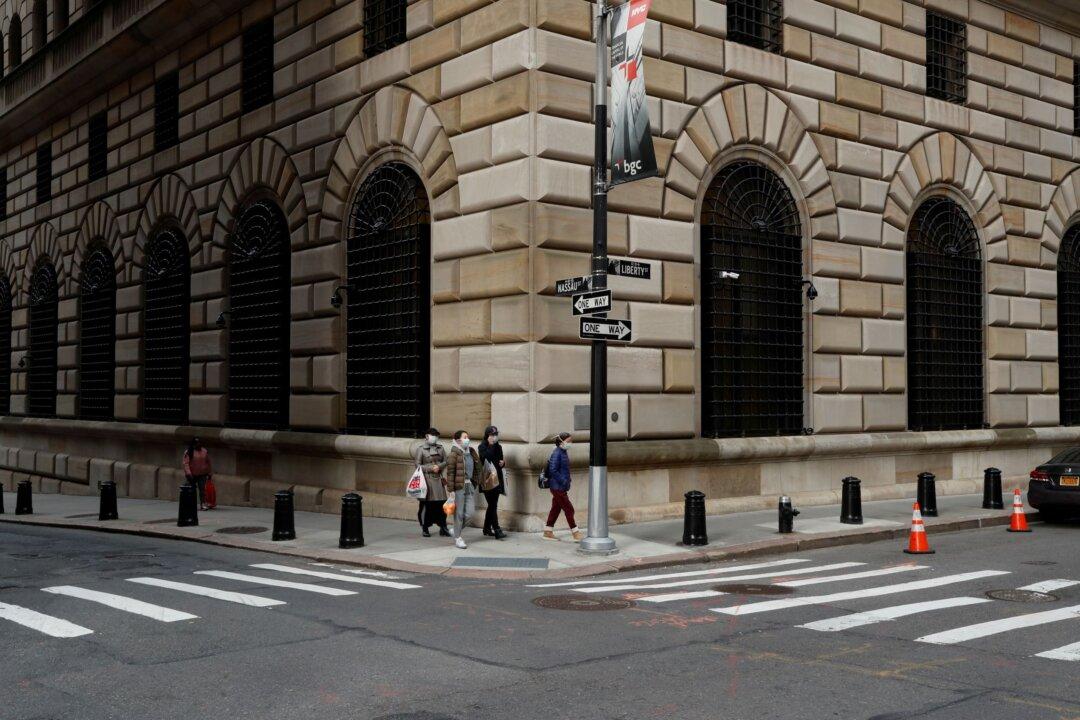U.S. citizens have mixed expectations on inflation rates over the coming years, even as inflation has remained below the 3 percent level continuously for half a year, according to a survey from the Federal Reserve Bank of New York.
According to the bank’s Jan. 13 Survey of Consumer Expectations, “Median inflation expectations were unchanged at 3.0 percent at the one-year horizon, increased to 3.0 percent from 2.6 percent at the three-year horizon, and declined to 2.7 percent from 2.9 percent at the five-year horizon.”





